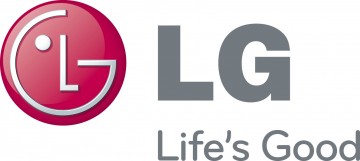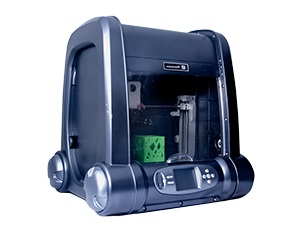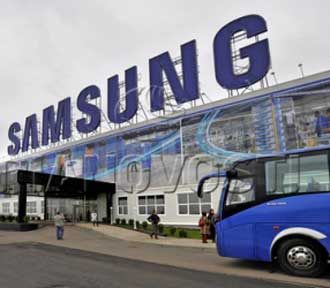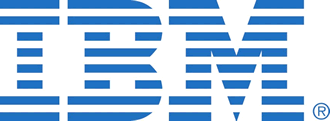 Beancounters at IDC are claiming that Dell’s US shipments grew 19.7 percent during the third calendar quarter of 2014.
Beancounters at IDC are claiming that Dell’s US shipments grew 19.7 percent during the third calendar quarter of 2014.
If this is the case, then it would appear that business is turning around for the tin box shifter.
Jeff Clarke, Dell’s vice chairman, Operations, and president, Client Solutions said that the reason for the increase was a strong notebook performance in the US and accompanying overall worldwide growth reflects the continued momentum. He said Dell did not intend to slow down.
“You can expect us to maintain our strategy of investing in the PC business, with more additions to our portfolio to be announced next week at Dell World,”Clarke said.
Dell was showing off its PC business in which it said had its seventh consecutive quarter of year-over-year gains in global share and grew more in the third quarter than its top two US competitors combined.
Dell also talked about its commercial portfolio which appeared to be focusing on higher performance PCs and thin clients.
Dell also claimed there was a growing demand for flexible 2-in-1 products in the work environment with the Latitude 13 7000 Series 2-in-1.
Now that the outfit has gone private we have no way of checking any of this as it does not have to share anything and we have to take its word for it.



















